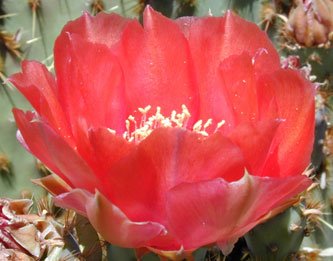It started out with a 15-minute ride on the free ferry across the gap between the northerly end of
We were doing fine until we got to
The area around our new temporary home,
The Creole Trail finally runs past the last of the chemical plants and into a wildlife refuge. There are canals running alongside the road that are part of the water management system for the refuge and which must be great fishing places because every wide spot in the road was crammed with cars and people lines the banks with fishing poles, crab strings and nets and hand nets. There were also john boats with fishermen running through the wider channels and the bayous. Al had boat envy.

At our first stop in the refuge, this big guy had hauled out right below a viewing platform in the parking log. The smaller one appeared to be making advances, rubbing up alongside him, apparently a shameless hussy.
We walked along a nicely paved path into the swamp where the bugs found us. Happily, they seemed to be deterred by insect repellent, except that it didn’t occur to me to spray my back and I ended up with several huge bites right through my knit shirt. This area is primarily a wintering and migration area, so there’s not as much to see in the summer besides alligators and water birds-- the most unusual of those we saw in this area was a couple of purple gallinules. In general, however, a summer visit to the Creole Nature Trail was not terrifically exciting. The land is as flat as a tabletop, is generally too wet to support anything other than grasses, the Gulf beaches were narrow and uninviting and Al was right—the industry and the fishermen were probably the most interesting part of the drive.
For dinner, I ordered a boiled crawfish platter which you can see in the image below. That yellow thing is a piece of corn on the cob, by the way, and the pink things are boiled red potatoes. Al’s menu selection was unfortunate and shall remain undocumented except for the wonderful pickled green tomatoes.
This was supposed to be three pounds of whole crawfish, which sounds like a lot until you realize how little of each crawfish is actually edible. I recall a humorous saying about artichokes to the effect that when you finish eating one, there is more left than you started with. It’s pretty much the same way with crawfish. First, you discover that the head is four or five times as big as the tail, and it’s only what’s inside the tail that you eat. Even though I got the hang of it shortly, it was still a lot of work for little reward, tasty though that reward may have been. It just seems silly to throw that much of the critter away, but unless they’ve figured out how to recycle crawfish heads, there’s not much else to do. We did learn that crawfish are farmed commercially in ponds, so I didn’t have to feel guilty about how much labor some poor fisherman had to go to so I could throw away an enormous bowlful of heads. This endeavor is about as messy as eating Texas barbecue. However, when you're done, your lips aren't greasy, they're burning from the salt in the crawfish boil seasoning. Undoubtedly just as bad for you as the fat in the brisket and ribs.


0 Comments:
Post a Comment
<< Home